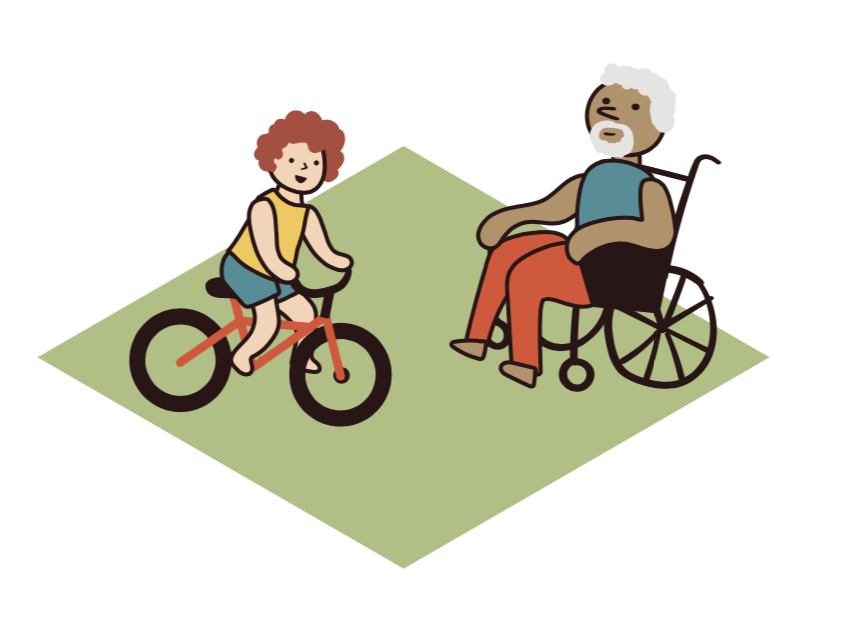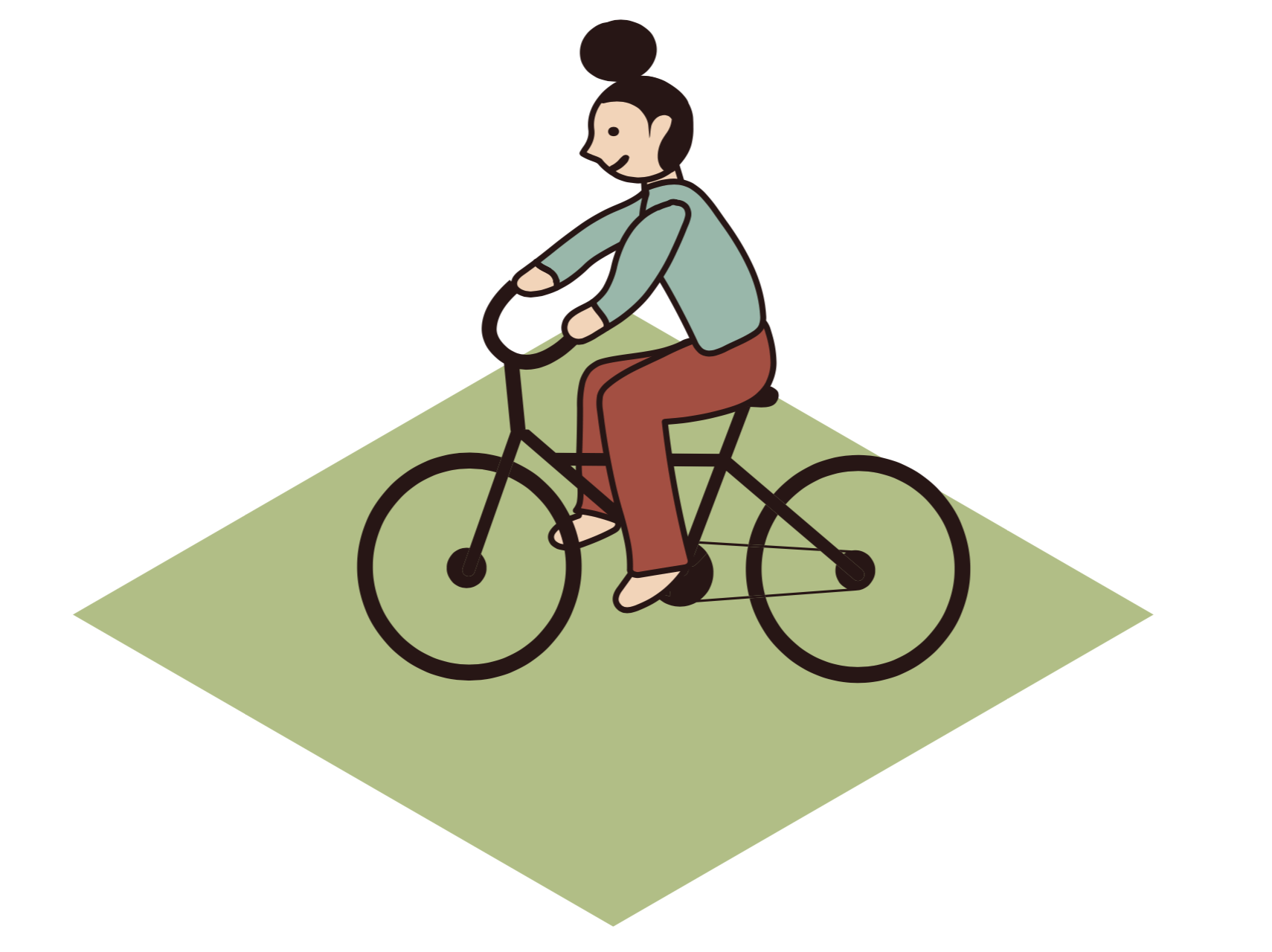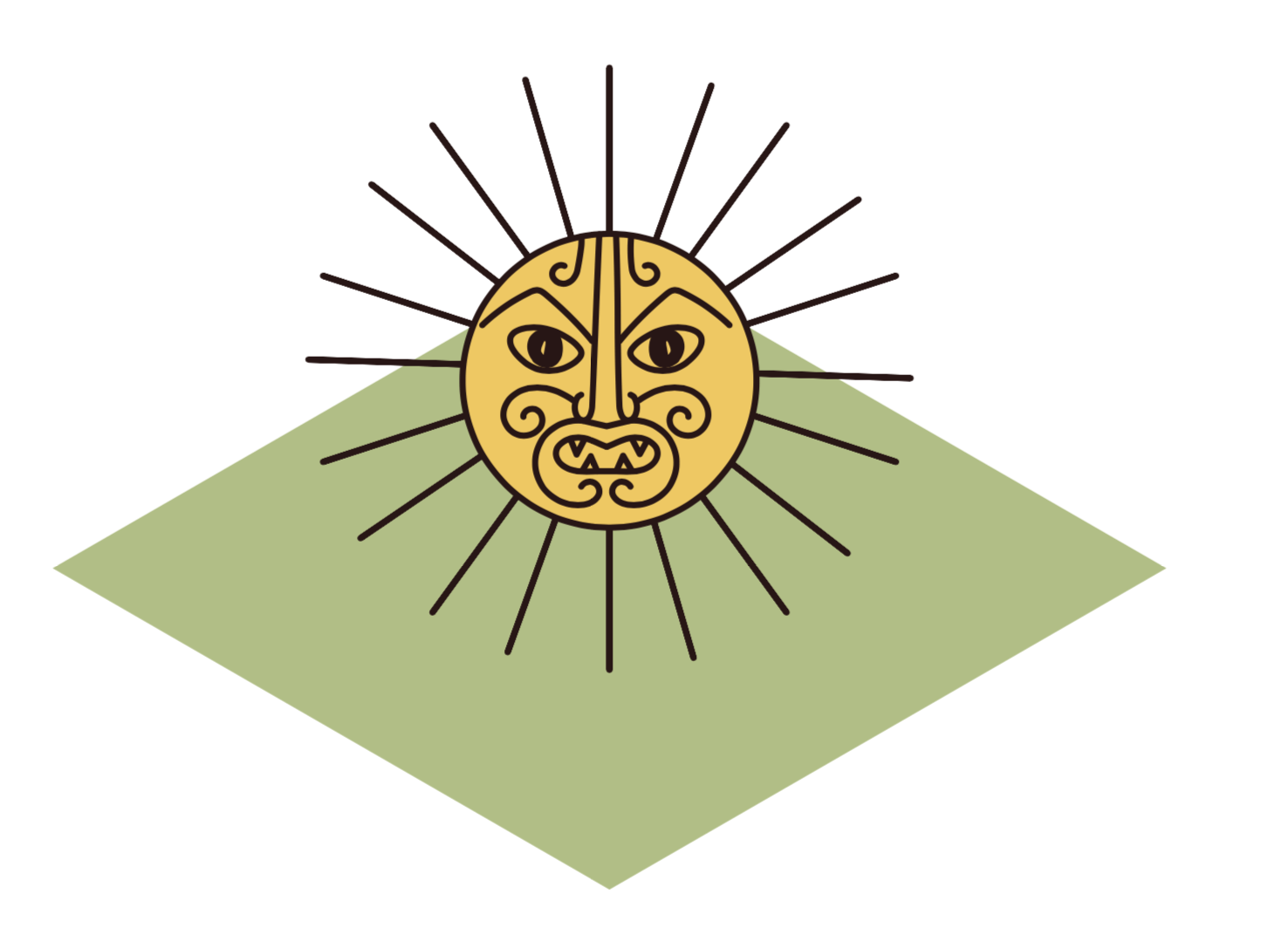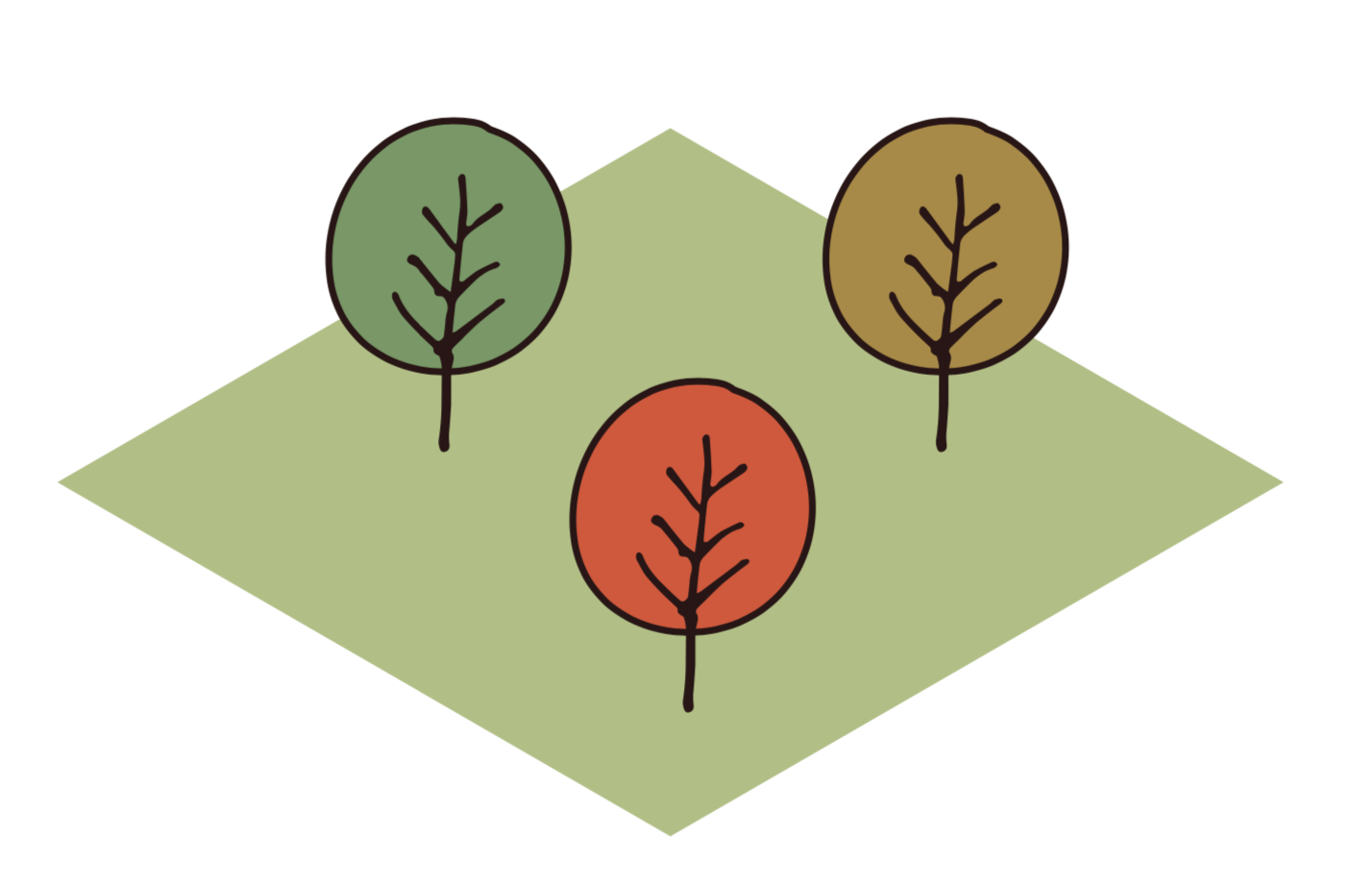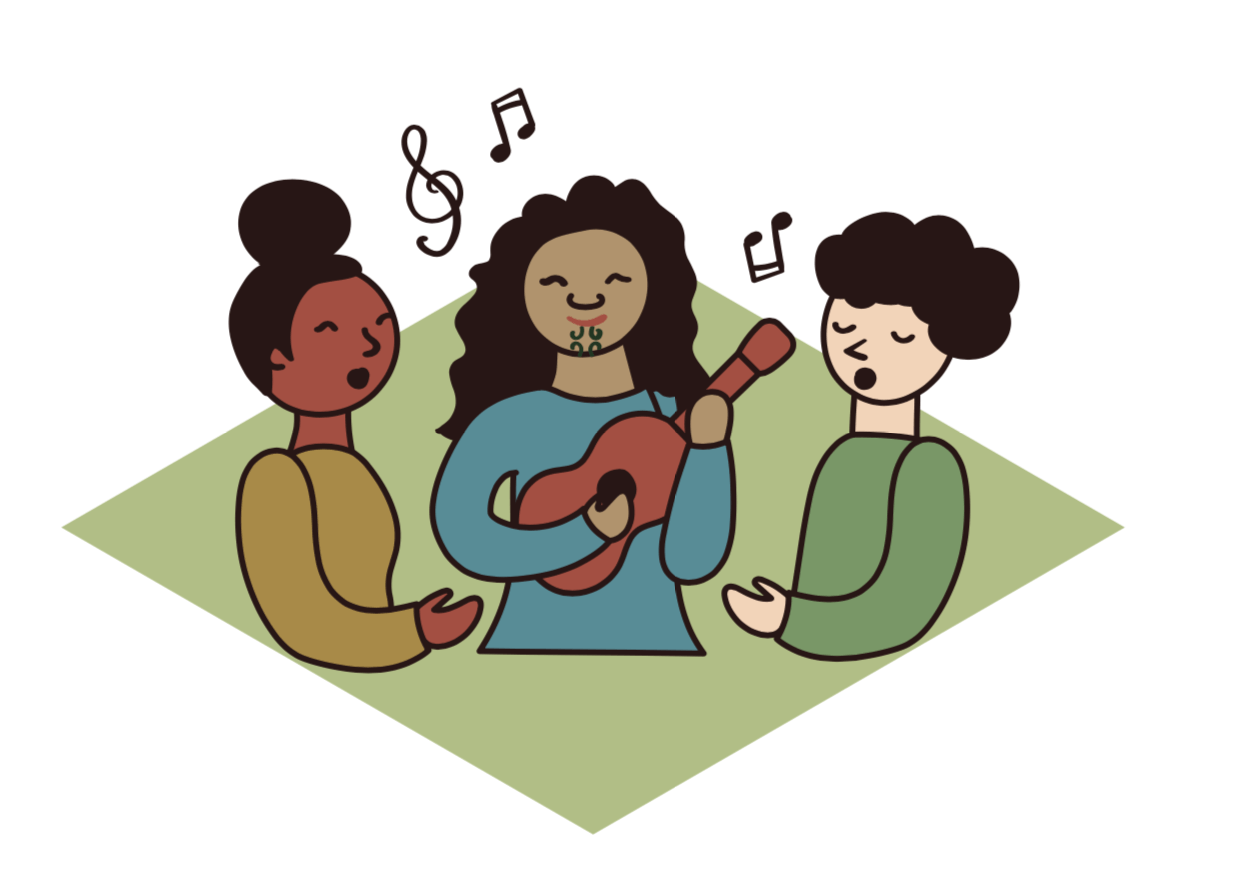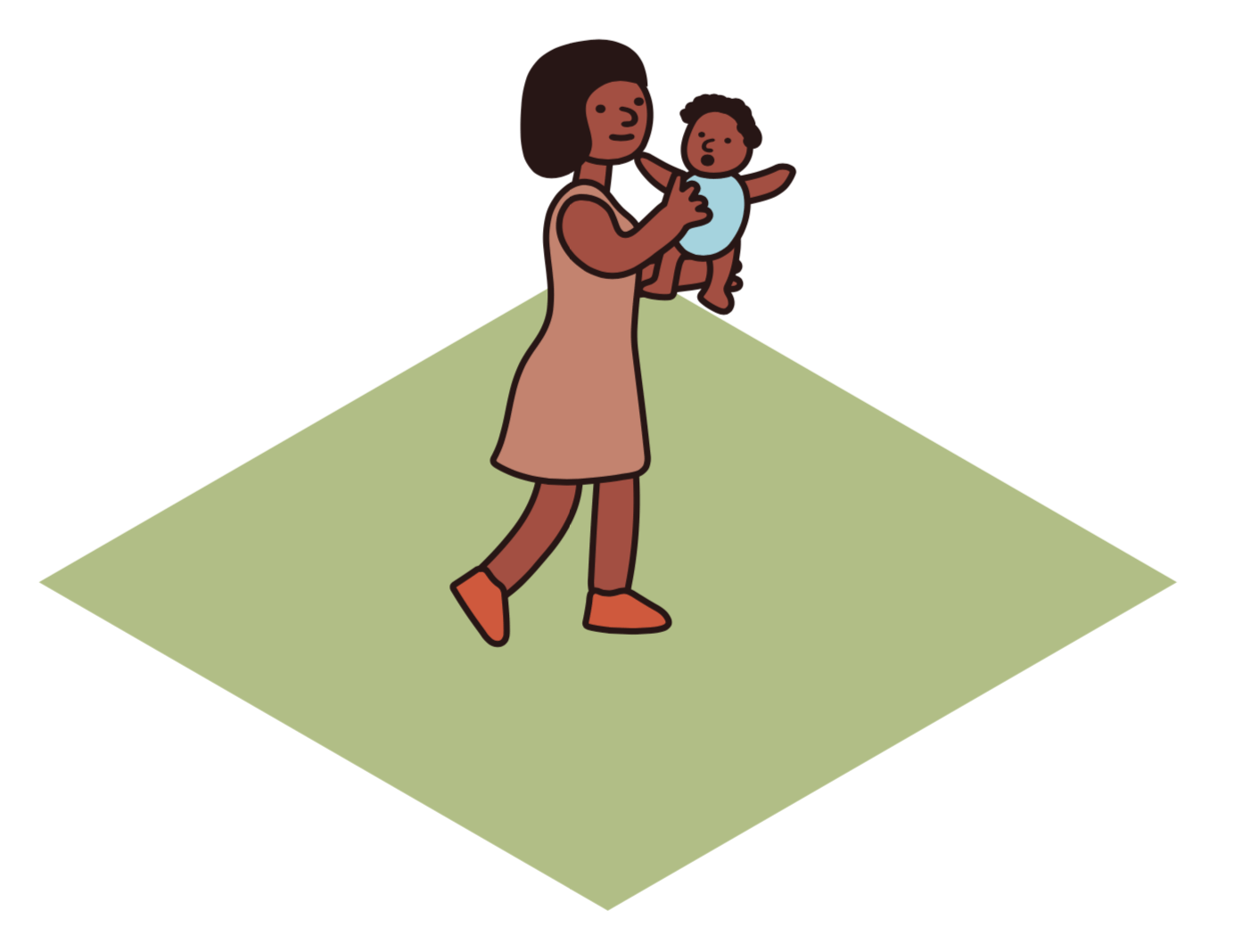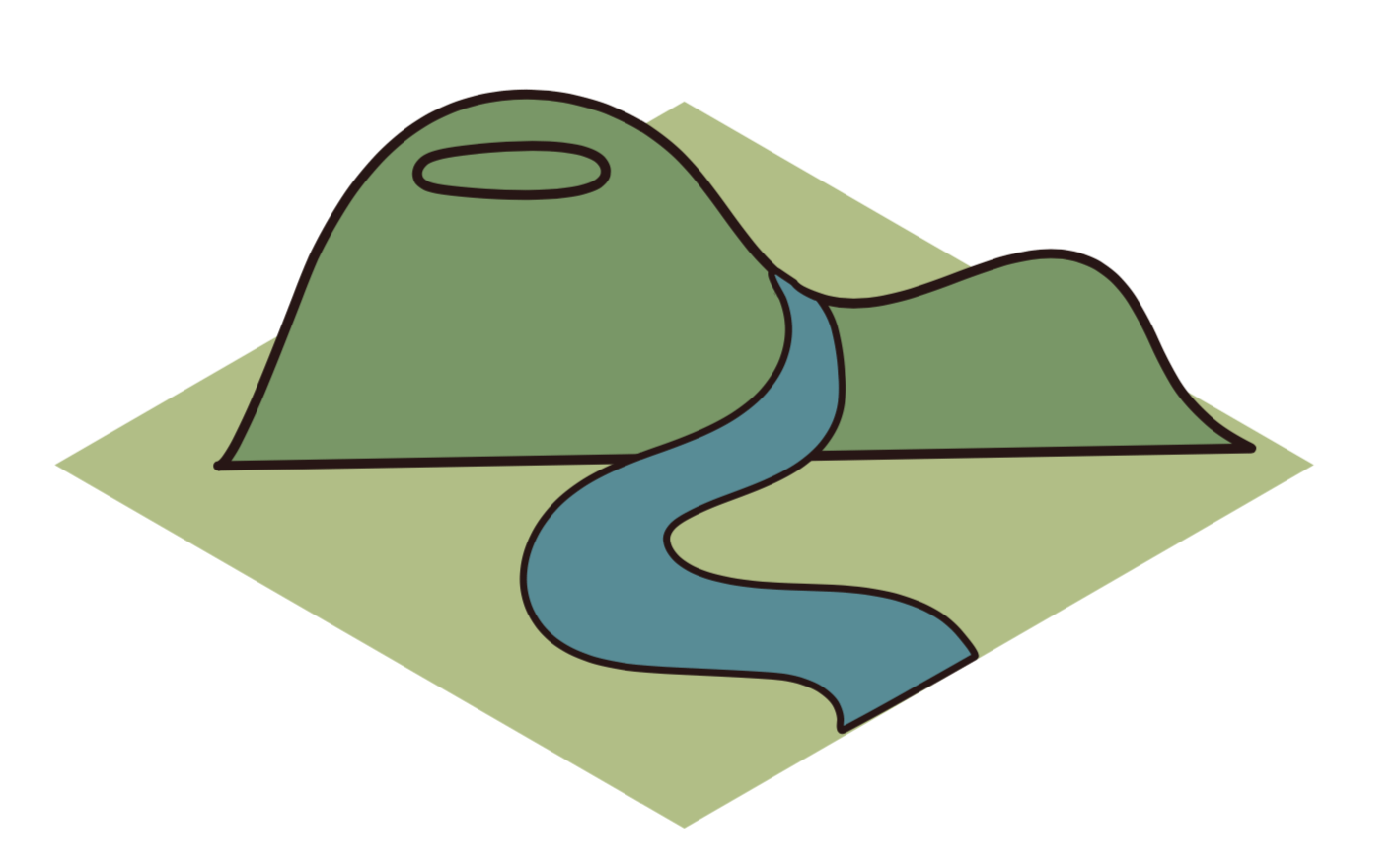
Thinking Outside the Box
Words: Russell Brown
The message was very clear when Uptown stakeholders were asked about the community they wanted to see develop in the precinct: a diverse, creative one that retains some of the area's historical grit, but is also welcoming – and affordable – for families.
The clear implication of last year's Community Visioning research is that whatever happens when land is freed up in the wake of the huge CRL works at the precinct's western boundary, it can't be housing as usual.
"When we were thinking about what housing will suit the group that came through in the Community Visioning, it’s a real mix of price points," says Natalie Allen, founder of The Urban Advisory, which conducted the Uptown research. "We know that the market alone won’t deliver that."
But it's more than just the cost of housing – it's about a broader and more adventurous view of how housing is built and delivered.
"The purely commercial build-to-rent model probably isn’t suitable," says Natalie. "We should be looking for long-term tenures so people 'own' the spaces they live in. Or something like cooperatives, whether they’re equity cooperatives or rental cooperatives, might be really exciting to try. Or a co-living model with live-in workplaces. What’s exciting about Uptown is that it is a creative environment where people are prepared to try things."
These ideas are picking up steam elsewhere in the world. The New Yorker this year reported on the flourishing of co-living as some Americans sought togetherness and common purpose amid the pandemic. Urban co-living has been growing in the US for at least a decade as a way of carving up and repurposing unloved apartment buildings. But newer ventures, such as Treehouse Hollywood in Los Angeles, have been built from the ground up for co-living, with both private and communal spaces.
But building costs money and this simply isn't the way our institutions are used to operating. The fate of Collet's Corner, a cooperative project in Christchurch's port town Lyttelton that was halted this year when its lending bank took fright at a cost increase, is salutary.
Yet there are wins to be counted too. Jules and Blair MacKinnon did get over the line with their dream to build a different kind of rental housing on a large section in Sandringham – but it meant selling a portfolio of 14 rental properties built up over decades by Jules' mother and then b
orrowing the same again from their bank. "We owned the land, that’s a huge thing," says Jules. "That seems to be the biggest barrier, people having the land to develop."
There was sweat involved, too. Blair and his cousin demolished the drafty old four-bedroom bungalow that had sat at 26 Aroha Avenue on their own. Now, the section is home to a development of 13 "extremely sustainable" apartments housing a total of 30 tenants, who can, if they wish, secure a lease as long as 10 years.
"I come from a nursing background, so I saw the direct impact of poor housing on families’ well-being," says Jules. "They never knew when they were going to get chucked out, so there was always that tension going on."
26 Aroha is designed to oblige, or at least encourage, tenants from different apartments to share space together, whether it's the communal garden or the shared laundry on the roof of the building.
"We wanted connection space," she says. "With the roof hub, because we’ve got the washing machines and the driers up there, that actually leads people to be there. There’s a coffee machine, we’ve got bean bags, it’s north facing, 360 degree views – it’s a lovely place to be."
This was the couple's first venture as developers and one of the first to launch under the new planning rules that made it possible, so they went for a marquee name – Jasmax – to design it. But there are other architecture firms targeting these new kinds of housing. TOA Architects, for example, draws deeply on te ao Māori for its design philosophy.
The most notable concept in TOA's work is that of the papakāinga – a group of houses forming a communal living development on Māori ancestral land. The Auckland Design Manual makes a further distinction between papakāinga and kāinga hou, when the housing is built on land held in general title, which is generally the case in urban environments. It features a TOA Māori housing concept design called Ukutoia as an exemplar.
TOA's Te Ari Prendergast says Ukutoia – which would replace two existing houses on a quarter-acre section with 14 new terrace homes providing 53 bedrooms, communal facilities and a range of private, shared and public spaces – expresses principles of "communal living, family connection and connection to the landscape". Its internal roadway is styled as a stream inlet, with individual terrace houses set around it as waka on the "shore". On a practical level, Ukutoia is intended to be flexible enough to reflect the changing needs of intergenerational whānau over time.
But there aren't many quarter-acre sections in urban areas, so TOA has also been working on ideas for what Te Ari calls "the vertical papakāinga" – a design that can facilitate the same sense of family and community in a high-density housing zone.
"If we don’t have the land to utilise for this communal and outdoor living, then we have to kind-of stack it into the building," he says.
"Rather than having one large communal space for the whole building, we thought of the building as one big iwi, one big tribe,
but within that at each floor level might be a whanau and every couple of floors might be a hapu, and they'd have ownership of
their own little green spaces or communal spaces."
The 100,000 square metres of land becoming available in Uptown after the CRL is completed offer something special too: a chance to connect with Maungawhau Mt Eden, the maunga that watches over the whole precinct. It's hard to imagine a better place for a communal roof garden.
Uptown already has its first venture in co-living in the form of The Coh, the 22-apartment space for young renters on Symonds Street, but Natalie says other models, including those where residents contribute equity or where development is handled by a community housing provider, are possible too. But what they may need is a hand-up until these new ideas about living become more familiar to traditional lenders.
That might mean subsidies and set-up funding from local and national government, or tweaks to planning and zoning rules. But it's an experiment New Zealand cities will need to have and – with its strong community vision and the impending blank canvas of the CRL land – there seems no better place than Uptown to test new ideas.

